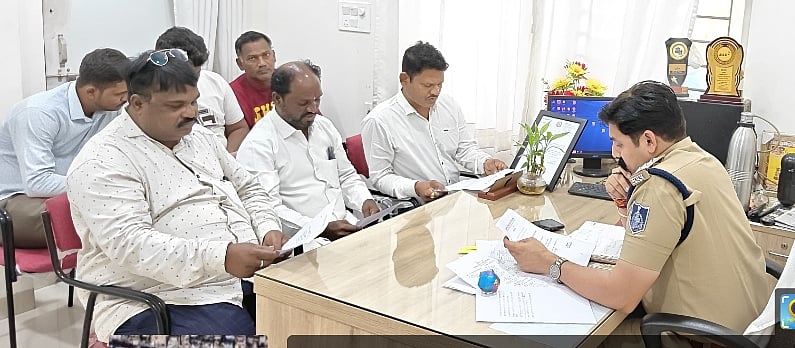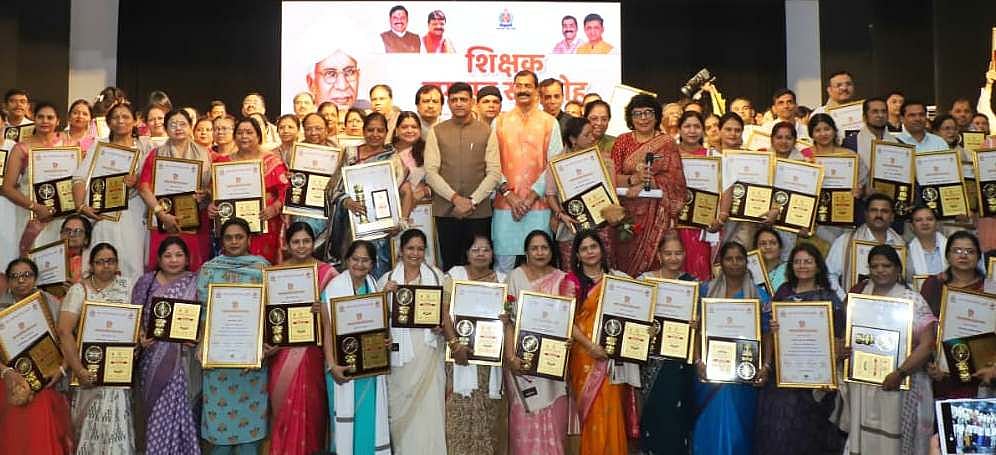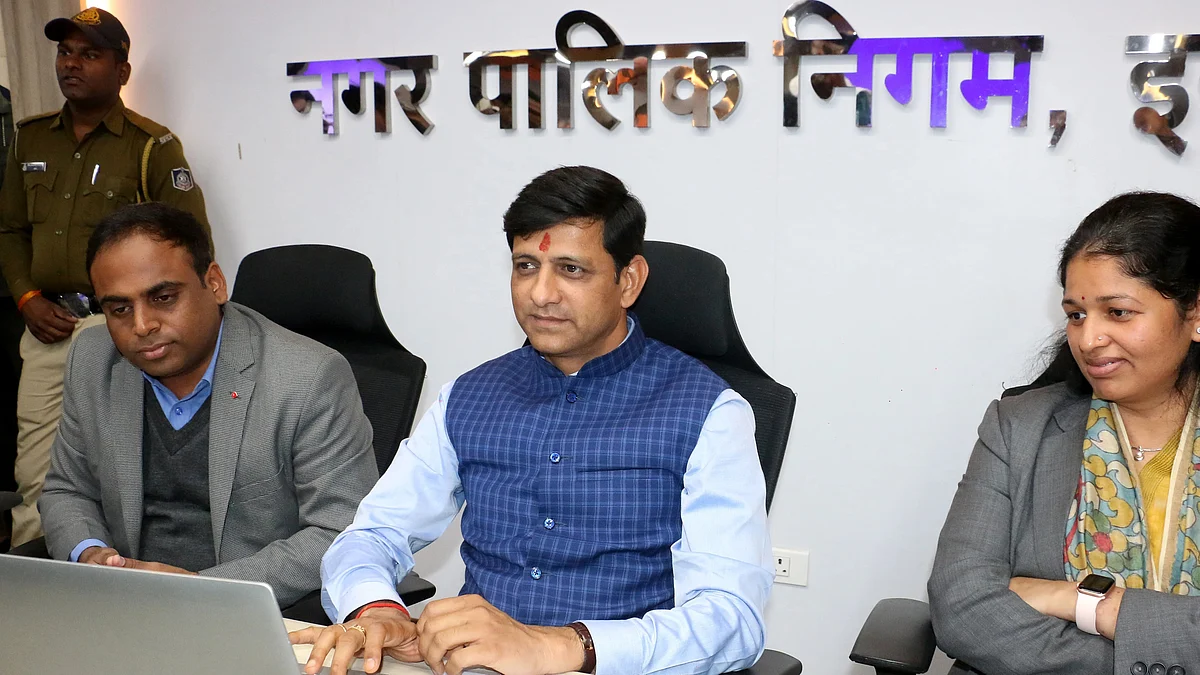Indore: While the ministry of urban affairs and housing on one hand is taking citizens feedback under Ease of Living Index survey, on the other hand it is gathering data for deciding which Indian city was best in liveability in 2019.
“We are providing whatever data has been sought by the ministry for Ease of Living Index survey,” said Indore Smart City Ltd CEO Sandeep Soni. Ease of Living Index is based on three pillars - Quality of Life; Economic Ability; and Sustainability. Under them, the ministry is examining 50 indicators in 14 categories like education, health, housing and shelter, mobility, safety and security, recreation, level of economic development, economic opportunities, environment, green spaces and buildings, energy consumption and others.
It began with the process of data collection and validation. The data for all the indicators is being collected through two sources. First, cities have been asked to submit the data. Second, data has been collected through publicly available government sources. However, in some cases the publicly available data is not at the city level, the ministry has created methods to map city geographies with the district or state level.
There are some indicators for which data is available at the district level. For instance, U-DISE provided the school level educational statistics – pupil-teacher ratio, drop out ratio etc at the district level. This is also true for higher educational statistics available at AISHE, crime data available at NCRB and household level data available at NFHS.
For validation purpose, the ministry is taking feedback for citizens. Municipal Performance Index is also part of Ease of Living Index survey-2019. MPI will look into indicators in 20 sectors that include registration and permits, infrastructure, revenue management, expenditure management, fiscal responsibility, fiscal decentralisation, digital governance, digital access, digital literacy, transparency and accountability, human resource, participation, effectiveness and others.
-------------------------Quality of Life--------------
1 Education: Household expenditure on education; literacy rate; pupil-teacher ratio; drop out rate; access to digital education; professionally trained teachers; national achievement survey score.
2. Health: Household expenditure on health; availability of healthcare; professionals; accredited public health facilities; availability of hospital beds; prevalence of water borne diseases; prevalence of vector borne diseases;
3. Mobility: Availability of public transport; transport related fatalities; road infrastructure (road density, footpath density).
4. WASH and SWM: Water supply to household; households with piped water; supply Swachh Survekshan score; amount of waste water treated; connected to sewerage network.
5. Housing and Shelter: Households with electrical; connections; average length of electrical; interruptions; beneficiaries under PMAY; slum population.
6. Safety and security: Prevalence of violent crime; extent of crime recorded against women; extent of crime recorded against children; extent of crime recorded against elderly.
7. Recreation: Availability of open space; availability of recreation facilities.
------------------Economic Ability----------------------
8. Level of Economic Development: Traded clusters
9. Economic Opportunities: Cluster strength; credit availability; number of incubation centres/skill development centres.
10. Gini Coefficient: Inequality index based on consumption expenditure.
-------------Sustainability--------------------
11. Environment: Water quality; total tree cover; households using clean fuel for cooking; hazardous waste generation; air quality index (SO2, NO2, PM10).
12. Green Spaces and buildings: Availability of green spaces; does the city incentivise green buildings?; green buildings in the city.
13. City Resilience: Has the city implemented local disaster reduction strategies?; number of deaths and directly affected persons attributed to disasters.
14. Energy Consumption: Energy requirement vs energy supplied; energy generated from renewable sources; number of energy parks.












